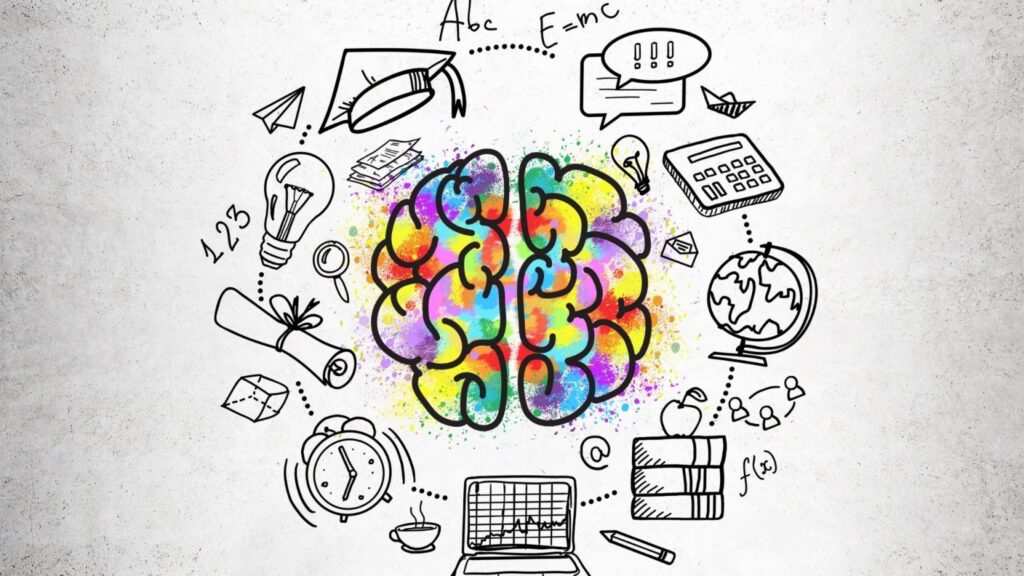
From the moment I began creating my ePortfolio, I realized it was more than just a digital requirement it was a living space where my professional voice could develop and resonate. The voice I have cultivated throughout this journey has been essential in crafting an authentic narrative that reflects my values as an educator and my goals as a future digital leader.
Voice in an ePortfolio goes beyond word choice or tone. It’s about showing who I am: my beliefs about teaching, my classroom experiences, my growth, and even my struggles. Since my very first blog post, I’ve been intentional in writing reflections that are meaningful and rooted in my real-life context as a bilingual kindergarten teacher who is passionate about innovation. My voice honest, hopeful, and professional has helped shape a digital identity that connects, informs, and inspires.
The process of building this ePortfolio has been transformational. In the beginning, I felt overwhelmed by the many design decisions and tech tools. But gradually, everything started to make sense colors, visuals, interactive links, multimedia content all began to tell my story. I explored digital tools like Canva, Notion, and AI platforms to enhance my content while maintaining a strong pedagogical focus.
More than the design, what truly shaped my learning was the depth of weekly reflection each blog required. Writing became a space to connect theory to practice, to pause and process my teaching experiences, and to commit to growth. I have come to understand that sharing publicly not only strengthens my professional voice but also pushes me to take ownership of my role as a change agent in my school community.
This ePortfolio does not end with this course. I plan to continue using it as a professional journal, a place to document new learning, share resources, reflect on challenges and successes, and showcase the continuous journey of becoming a better educator. I hope it evolves with me and becomes a space for connection and collaboration.
As Gardner Campbell (2009) suggested, building a personal cyberinfrastructure allows us to think aloud, learn in community, and leave a meaningful digital trace. My ePortfolio is just that: a reflection of growth, a tool for transformation, and a launchpad for continuing to dream of a more inclusive, engaging, and tech-integrated education.
References
Campbell, G. (2009). A Personal Cyberinfrastructure. EDUCAUSE Review, 44(5), 58–59. https://er.educause.edu/articles/2009/9/a-personal-cyberinfrastructure
Fink, L. D. (2003). Creating significant learning experiences: An integrated approach to designing college courses. Jossey-Bass.
International Society for Technology in Education. (2024). ISTE Standards for Educators. https://www.iste.org/standards/iste-standards-for-educators